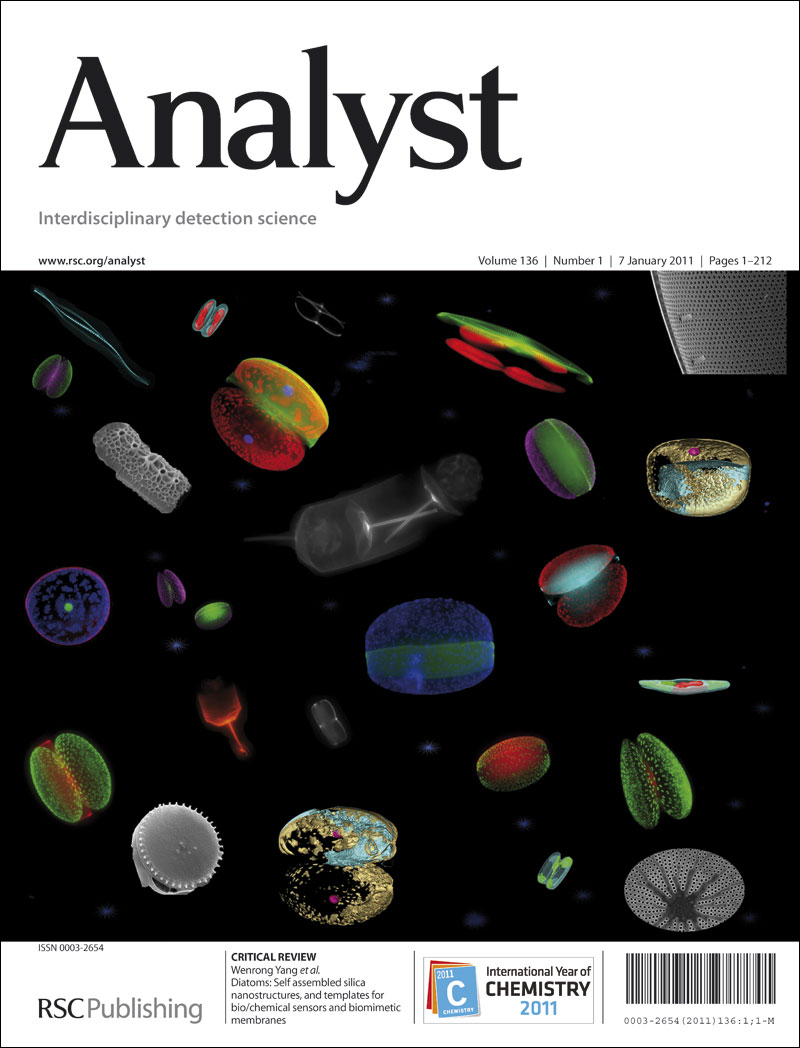使用大气固体分析探针质谱和机器学习预测st段升高的心肌梗死患者的临床结果
IF 3.3
3区 化学
Q2 CHEMISTRY, ANALYTICAL
引用次数: 0
摘要
对接受STEMI治疗的患者血浆中发现的小分子代谢物进行分析,有可能被用作临床诊断和预后工具,能够预测疾病进展、不良结局风险和对治疗的反应。方法:采用快速质谱法测量288例牛津急性心肌梗死(OxAMI)研究中STEMI患者的冠状动脉抽吸血浆代谢物谱。将有监督的机器学习应用于质谱,根据与健康和治疗反应相关的临床相关变量对患者进行分层。结果:在这项小型概念验证研究中,预测患者死亡率和微血管阻塞(MVO)的准确率超过80%;心衰诊断、缺血时间、肌钙蛋白峰值、血栓评分预测准确率超过76%,肌酐、微循环阻力指数(IMR)预测准确率超过70%。使用特征约简方法,我们能够在质谱中识别与特定专利组分配相关的关键质量电荷比(m/z)峰。这些可能在未来作为质谱生物标记物用于STEMI风险诊断和预后测试的开发。本文章由计算机程序翻译,如有差异,请以英文原文为准。
Prediction of clinical outcomes of ST-elevated myocardial infarction patients using atmospheric solids analysis probe mass spectrometry and machine learning
Introduction: Analysis of small molecule metabolites found in blood plasma of patients undergoing treatment for STEMI has the potential to be used as a clinical diagnostic and prognostic tool, capable of predicting disease progression, risk of negative outcomes, and response to treatment. Methods: Rapid mass spectrometry has been used to measure the metabolite profiles of coronary aspirate blood plasma from 288 STEMI patients enrolled in the Oxford Acute Myocardial Infarction (OxAMI) study. Supervised machine learning applied to the mass spectra was used to stratify patients based on clinically relevant variables related to health and treatment response. Results: In this small proof-of-concept study, patient mortality and microvascular obstruction (MVO) were predicted with over 80% accuracy; heart failure diagnosis, ischemic time, peak troponin, and thrombus score were predicted with over 76% accuracy, and creatinine and index of microcirculatory resistance (IMR) were predicted with over 70% accuracy. Using feature-reduction methods, we were able to identify key mass-to-charge (m/z) peaks in the mass spectra that correlated with the assignment to particular patent groups. These may potentially be used in the future as mass spectrometric biomarkers in the development of a diagnostic and prognostic test for STEMI risk.
求助全文
通过发布文献求助,成功后即可免费获取论文全文。
去求助
来源期刊

Analyst
化学-分析化学
CiteScore
7.80
自引率
4.80%
发文量
636
审稿时长
1.9 months
期刊介绍:
"Analyst" journal is the home of premier fundamental discoveries, inventions and applications in the analytical and bioanalytical sciences.
 求助内容:
求助内容: 应助结果提醒方式:
应助结果提醒方式:


